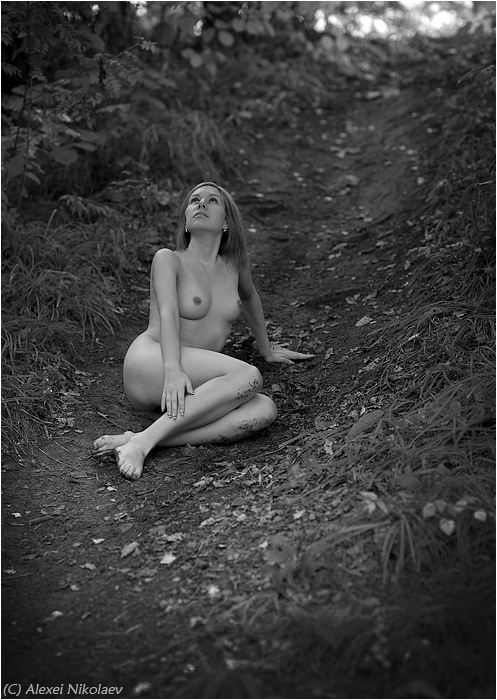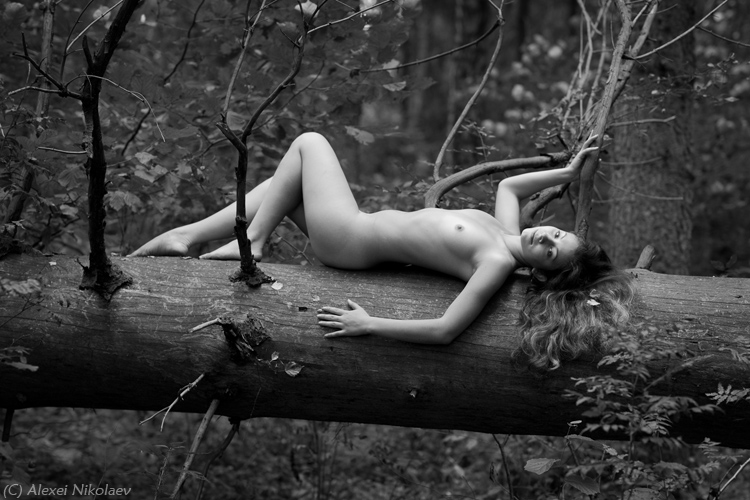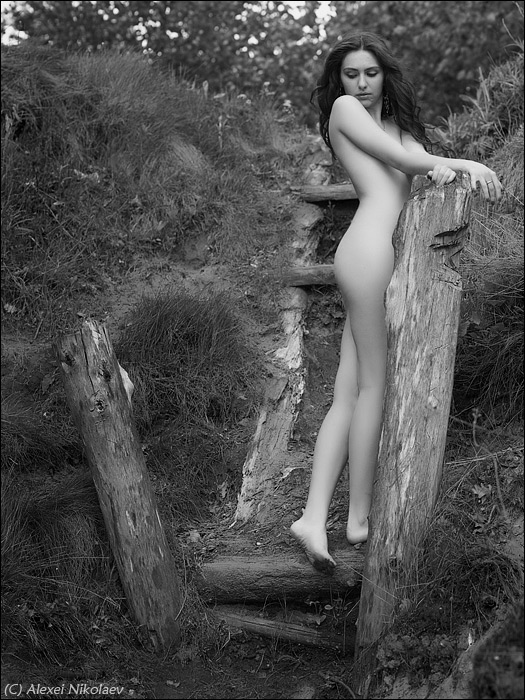Rules for fine grain
moderate speed, tri x at 200, D76 full strength. Do not dilute it
Rule for sharp
Scan to tiff and go into photoshop. Sharpen to 75 in ACR, .8 radius.
When you get done in photoshop, resize for web manually. resize to what size you want at 100 ppi. Then do a final sharpen, change to 8 bit, save as jpeg.
Highlights are preserved by moderate development. The More you develope, the denser they get and are hard to control. Tri X is probably the easiest to scan film. Developer does not matter much. Keeping time short is paramount.
you have existing negs hard to control, scan one for good highlights & save. Scan a second time to get correct shadows. Save.
Layer in photoshop with dense file on top & combine. Make a black mask for top layer and paint highlights with white to greys depending on how much you want to let thru.
If you get registration problems, change the blend mode to multiply and use arrow keys
to get a black image. Arrows will move it one pixel at a time.
http://www.thelightsrightstudio.com/digital-darkroom.htm
watch the video at bottom right, click open, then watch the one on blended exposure.
He uses a luminosity mask.
Save yourself a lot a trouble and develope moderately. You don`t need fancy stand techniques, just watch the clock. My times for Tri x are 4.4 at 68 for 200 EI and 5.5 for 400 Ei.
Fill the tank with developer, drop the loaded reel in, cap and invert. I start my clock with 5 sec early, darken the room, start the clock and count backwards from 5. Drop the reel in at 1. The tank top is next to the tank to the left so yu start the clock with your left hand, then grab the cap. Allow 15 sec for drain out, no stop, no water, dump in fix for 3 min. Stop or water will increase grain size. You will shorten the fix life a little, but I use it one shot anyway. Use it up on test prints.
Whatever you do, for 1/2 box speed is normal development time less 20%. Remember most published times are for diffusion enlargers which need more contrast, so start with 10% less for scanning or condensers. Then reduce 20 for 1/2 speed.















